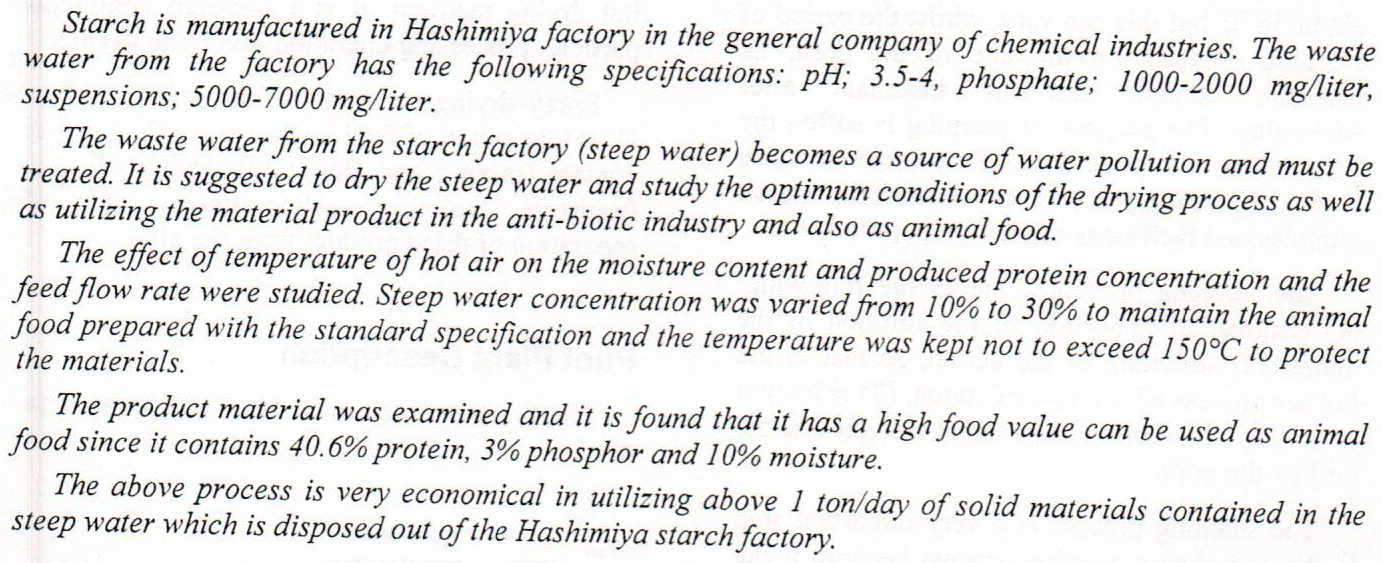
A calculation have been carried out for determination some of the spectroscopic properties of Hydrogen Iodide HI molecules such as, the intensity of the absorption spectrum as a function of the variation of the temperature ranging from 10 to 1000 K. This study shows that the populations and hence intensity of the molecule increased as the temperature increased. Another determination of the maximum rotational quantum number Jmax of N2 , CO , BrF AgCl and HI molecules has been carried out.
 (1)
(1)
Background: Environmental tobacco smoking is produced by active smokers burning the tip of a cigarette and breathed by nonsmokers and measured by cotinine level. It has the potential to raise the risk of periodontal disease. One of the most frequent chronic diseases in adults is periodontal disease. The lower maternal-fetal attachment has been found to predict smoking status in previous studies, but no research has examined whether maternal-fetal attachment predicts environmental tobacco smoking. This study assessed the effects of maternal environmental tobacco smoke exposure on periodontal health and mother-infant bonding concerning salivary cotinine levels. Materials and methods: This is a comparative cross-sectional study comparing en
... Show MoreThis study aims to measure and analyze the direct and indirect effects of the financial variables, namely (public spending, public revenues, internal debt, and external debt), on the non-oil productive sectors with and without bank credit as an intermediate variable, using quarterly data for the period (2004Q1–2021Q4), converted using Eviews 12. To measure the objective of the study, the path analysis method was used using IBM SPSS-AMOS. The study concluded that the direct and indirect effects of financial variables have a weak role in directing bank credit towards the productive sectors in Iraq, which amounted to (0.18), as a result of market risks or unstable expectations in the economy. In addition to the weak credit ratings of borr
... Show MoreVisceral leishmaniasis(VL) or kala-azar is one of the world most neglected tropical diseases in mortality and fourth in morbidity, rK39 dipstick was used to diagnose the suspected infected patients as easiest and rapid technique for VL diagnostic, the disease out-coming required to the differentiation of cell mediated immunity either T-helper 1(Th-1) or (Th-2). One of main pointers that may be considered as one of immune evasion strategy in the host-parasite interplay is HLA-G level alteration. HLA-G Known as a special proteins (non-classical HLA class I) molecules which can suppress the immune system by T-cell functions impaired in the aid with target receptors as LILRB4. The development of the cell mediated immunity initiated with Interle
... Show MoreThis study sought to investigate the impacts of big data, artificial intelligence (AI), and business intelligence (BI) on Firms' e-learning and business performance at Jordanian telecommunications industry. After the samples were checked, a total of 269 were collected. All of the information gathered throughout the investigation was analyzed using the PLS software. The results show a network of interconnections can improve both e-learning and corporate effectiveness. This research concluded that the integration of big data, AI, and BI has a positive impact on e-learning infrastructure development and organizational efficiency. The findings indicate that big data has a positive and direct impact on business performance, including Big
... Show More (40)
(40)
 (36)
(36)
optical properties of pure poly(vinyl Alcohol) films and poly(vinyl Alcohol) doped with methyl red were study, different percentage prepared with constant thickness using casting technique. Absorption, Transmission spectra have been recorded in order to study the optical parameters such as absorption coefficient, energy gap, refractive index, Extinction coefficient and dispersion parameters were measured in the wavelength range (200-800)nm. This study reveals that the optical properties of PVA affect by increasing the impurity concentration.
 (4)
(4)
Soil defilement with "raw petroleum" is a standout amongst the most across the board and genuine ecological issues going up against both the industrialized and oil country like Iraq. Along these lines, the impact of "raw petroleum" on soil contamination is one of most critical subjects that review these days. The present examination expects to research "unrefined oil"effectson the mechanical and physical properties of clayey soils. The dirt examples were acquired from Al-Doura area in Baghdad city and arranged by the "Brought together Soil Grouping Framework (USCS)" as silty mud of low pliancy (CL). Research center tests were done on contaminated and unpolluted soil tests with same thickness. The dirtied tests are set up by blending
... Show More (6)
(6)
Background: Polymethyl methacrylate (PMMA) is the most commonly used material in denture fabrication. The material is far from ideal in fulfilling the mechanical requirement. The purpose of this study was to evaluate the effect of addition of 3% wt of treated (silanized) Titanium oxide Nano filler on some physical and mechanical properties of heat cured acrylic denture base material. Materials and methods: 100 specimens were constructed, 50 specimens were prepared from heat cure PMMA without additives (control) and 50 specimens were prepared from heat cure PMMA with the addition of TiO2 Nano fillers. Each group was divided into 5 sub groups according to the test performed which was mixed by probe ultra-sonication machine. Results: A highly
... Show MorePositron annihilation lifetime (PAL) technique has been employed to
study the microstructural changes of polyurethane (PU), EUXIT 101
and epoxy risen (EP), EUXIT 60 by Gamma-ray irradiation with the
dose range (95.76 - 957.6) kGy. The size of the free volume hole and
their fraction in PU and EP were determined from ortho-positronium
lifetime component and its intensity in the measured lifetime spectra.
The results show that the irradiation causes significant changes in the
free volume hole size (Vh) and the fractional free volume (Fh), and
thereby the microstructure of PU and EP. The results indicate that
the γ-dose increases the crystallinity in the amorphous regions of PU
and increas
 (1)
(1)
